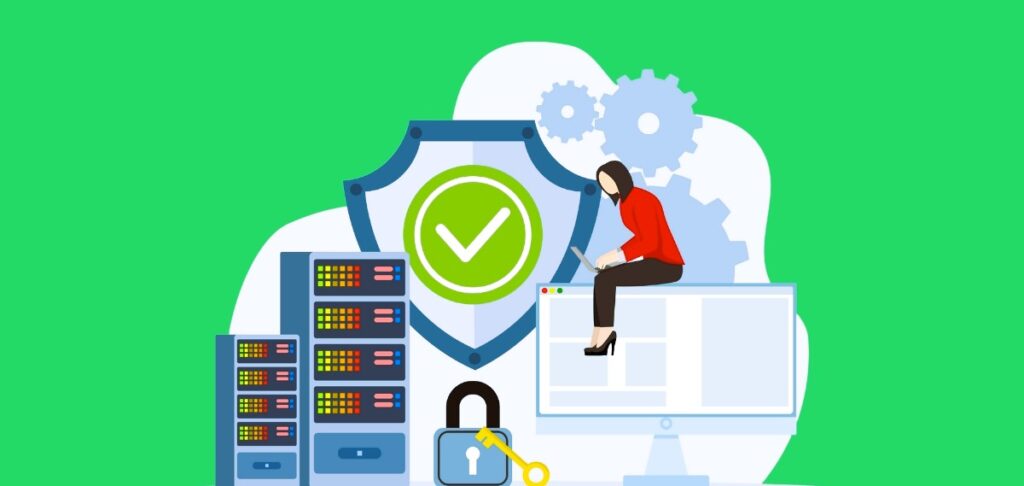Comparing Virtual Data Rooms vs. Traditional Data Storage Solutions
In the digital age, effective data management is crucial for businesses, especially when dealing with sensitive information and complex transactions. The choice between Virtual Data Rooms (VDRs) and traditional data storage solutions can significantly impact an organization’s efficiency, security, and cost-effectiveness. This article delves into the key differences between VDRs and traditional data storage solutions, exploring their respective advantages and limitations.
Understanding Virtual Data Rooms and Traditional Data Storage
Virtual Data Rooms (VDRs) are secure online platforms designed specifically for storing and sharing sensitive documents during transactions such as mergers and acquisitions, legal proceedings, or financial audits. VDRs provide a digital space where authorized users can access and collaborate on documents from anywhere with an internet connection.
Traditional Data Storage Solutions, on the other hand, include physical storage media such as servers, hard drives, and tapes, as well as traditional cloud storage services. These solutions are used for general data storage and management but may lack the specialized features and security required for sensitive transactions.
1. Security Features

Virtual Data Rooms: VDRs are engineered with advanced security features to protect sensitive information. These features include:
- Encryption: VDRs employ robust encryption methods (both at rest and in transit) to safeguard data from unauthorized access.
- Access Controls: Administrators can set granular access permissions, restricting who can view, download, or edit documents. This includes password protection, two-factor authentication, and IP restrictions.
- Audit Trails: VDRs provide comprehensive audit trails that log every action taken within the data room, offering transparency and accountability.
Traditional Data Storage Solutions: While traditional data storage solutions can offer basic security measures, they often fall short in several areas:
- Encryption: Encryption might not be universally applied, especially in physical storage solutions, potentially exposing data to unauthorized access.
- Access Controls: Traditional systems may lack advanced access control features, making it harder to manage who can view or modify sensitive information.
- Audit Trails: Traditional solutions may not provide detailed logs of user activity, which can be crucial for tracking document interactions. Read about the main security features that you should pay attention to in a virtual data room in our article.
2. Accessibility and Collaboration
Virtual Data Rooms: VDRs excel in providing global accessibility and collaboration capabilities:
- Remote Access: Authorized users can access the data room from anywhere with an internet connection, facilitating international transactions and remote work.
- Real-Time Collaboration: VDRs support real-time document sharing, commenting, and version control, enabling seamless collaboration among multiple parties.
- Integration: VDRs often integrate with other business tools and platforms, streamlining workflows and improving efficiency.
Traditional Data Storage Solutions: Traditional solutions may offer limited accessibility and collaboration features:
- Remote Access: Physical storage solutions require secure network configurations for remote access, which can be complex and less user-friendly.
- Collaboration: Collaboration in traditional storage environments is often less efficient, with version control issues and limited real-time interaction capabilities.
- Integration: Traditional solutions may lack integration with other business tools, requiring manual data transfers and additional steps.
3. Cost Considerations
Virtual Data Rooms: VDRs often come with subscription-based pricing models, which can vary based on features, storage capacity, and the number of users. While this can be costlier than some traditional solutions, the benefits in terms of security, accessibility, and efficiency can justify the investment. Additional costs may include setup fees and customization.
Traditional Data Storage Solutions: Traditional storage solutions, such as physical servers or hard drives, involve upfront costs for hardware and infrastructure. Maintenance and operational costs are also considerations, including power, cooling, and IT support. Cloud-based traditional storage solutions often offer pay-as-you-go pricing but may lack the specialized features of VDRs.
4. Scalability and Flexibility
Virtual Data Rooms: VDRs are highly scalable and flexible, making them suitable for transactions of various sizes and complexities:
- Scalability: VDRs can accommodate growing volumes of data and users without significant changes to infrastructure.
- Flexibility: VDRs can be customized to meet specific needs, such as adding extra security features or integrating with other systems.
Traditional Data Storage Solutions: Scalability and flexibility can be more challenging with traditional storage solutions:
- Scalability: Expanding physical storage capacity may require purchasing additional hardware and managing infrastructure upgrades.
- Flexibility: Customizing traditional storage solutions often involves significant investments in hardware and IT resources.
5. Compliance and Legal Considerations

Virtual Data Rooms: VDRs are designed to meet various compliance and legal requirements:
- Regulatory Compliance: VDRs often adhere to industry-specific regulations and standards, such as GDPR, HIPAA, and SOX.
- Document Retention: VDRs offer features for document retention and retrieval, aiding in compliance with legal requirements.
Traditional Data Storage Solutions: Traditional solutions may not always provide the level of compliance and legal support required:
- Regulatory Compliance: Ensuring compliance with regulations can be more challenging, especially with physical storage solutions.
- Document Retention: Managing document retention and retrieval in traditional environments may require additional processes and resources.
Virtual Data Rooms and traditional data storage solutions each have their own strengths and limitations. VDRs offer advanced security, global accessibility, and specialized features that make them ideal for managing sensitive information during transactions. Traditional storage solutions, while more familiar and often less costly, may lack the specialized capabilities and convenience of VDRs.
As businesses continue to navigate complex transactions and regulatory environments, the choice between VDRs and traditional storage solutions will depend on their specific needs, budget, and security requirements. For a comprehensive understanding of Virtual Data Rooms and their applications, refer to the Wikipedia page on Virtual Data Rooms.
By carefully evaluating these options, organizations can select the solution that best aligns with their strategic goals and operational requirements, ensuring efficient and secure management of their critical information.